Medical breakthroughs have profoundly changed human health, saving millions of lives across generations. Each discovery represents a major leap forward in science, drastically improving patient outcomes and reshaping modern healthcare practices. This article explores some of the most astonishing medical breakthroughs that continue to protect and extend lives across the globe, highlighting their impact and lasting importance.
Penicillin (1928)

Penicillin, discovered by Alexander Fleming, is often regarded as one of the greatest medical breakthroughs in history. It became the first antibiotic capable of treating bacterial infections that were once fatal, such as pneumonia, syphilis, and sepsis. Fleming’s accidental discovery of penicillin’s ability to kill bacteria opened the door to widespread use in the 1940s, saving millions of lives, especially during World War II. Today, penicillin and its derivatives remain foundational in modern medicine, marking the beginning of the antibiotic era.
Smallpox Vaccine (1796)

Edward Jenner’s development of the smallpox vaccine stands as a groundbreaking achievement in immunology. Smallpox was responsible for millions of deaths across centuries, leaving survivors with severe scars. Jenner’s method, using material from cowpox lesions to trigger immunity against smallpox, successfully demonstrated that vaccination could prevent deadly infections. This vaccine eventually led to the complete eradication of smallpox by 1980, the first and only human disease to be eradicated globally. Jenner’s work established the practice of vaccination, influencing the development of vaccines for countless other diseases.
Polio Vaccine (1955)

The polio vaccine, created by Dr. Jonas Salk, brought an end to the devastating polio epidemics that paralyzed or killed thousands of children worldwide. Salk’s vaccine used an inactivated form of the virus to stimulate immunity without causing illness. This breakthrough led to mass immunization campaigns, reducing polio cases from hundreds of thousands annually to near elimination. Later, Albert Sabin’s oral polio vaccine further accelerated global immunization efforts, making polio eradication a real possibility in many countries.
Antiseptics (1867)

Joseph Lister’s introduction of antiseptics transformed surgical practices and infection control. Before antiseptics, surgery often resulted in deadly infections due to unclean instruments and environments. Lister pioneered the use of carbolic acid to sterilize surgical tools and clean wounds, significantly reducing the rate of post-surgical infections. His work laid the foundation for modern sterile techniques in hospitals and operating rooms, drastically improving patient survival rates and leading to safer medical practices worldwide.
X-rays (1895)
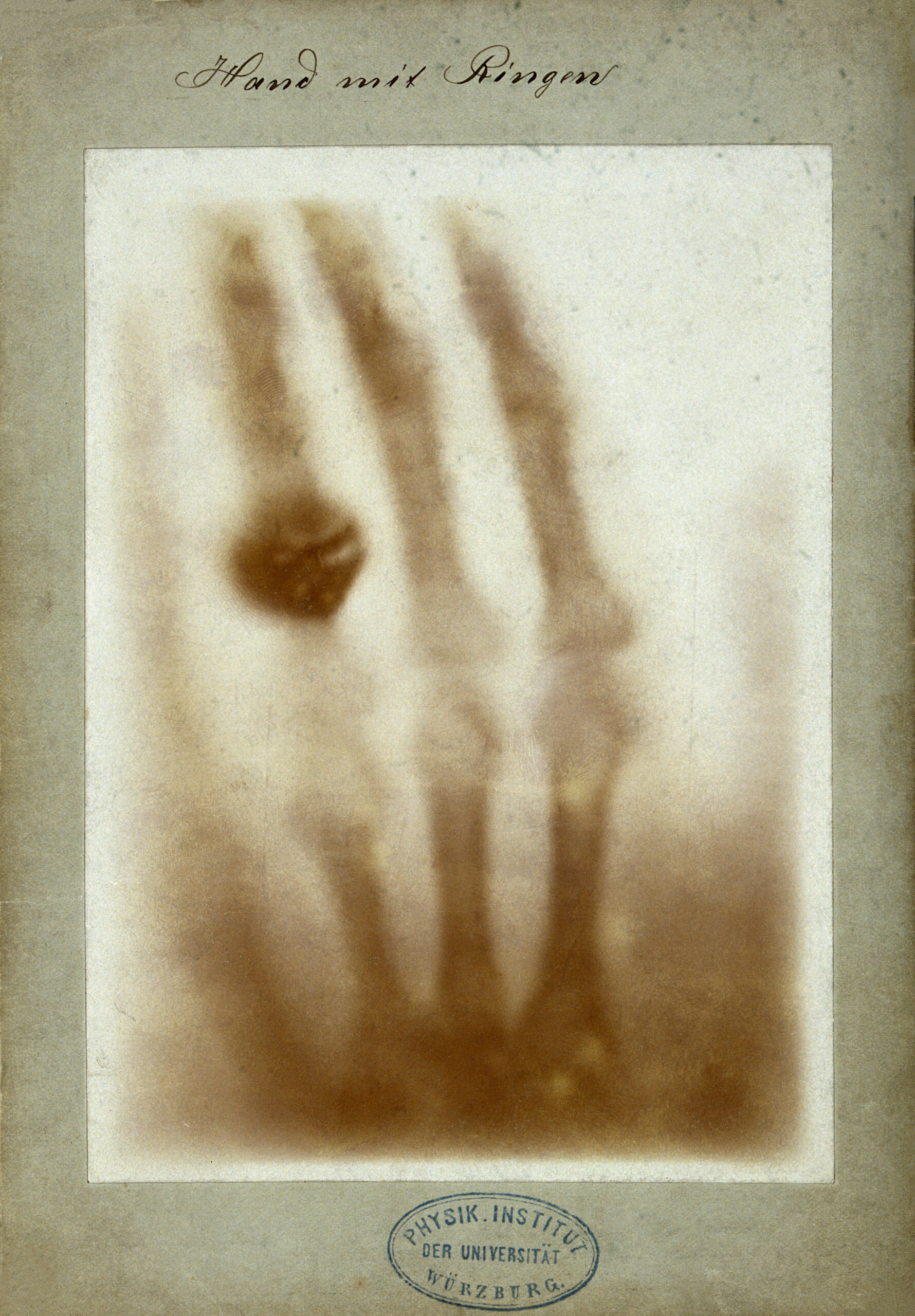
Wilhelm Roentgen’s discovery of X-rays revolutionized diagnostic medicine by providing a way to see inside the human body without invasive surgery. X-rays allow physicians to diagnose fractures, infections, and tumors, offering an essential tool for accurate medical assessment. Roentgen’s discovery led to the rapid adoption of X-rays in hospitals and clinics, and over time, advances such as computed tomography (CT) scans and MRIs further expanded the possibilities of medical imaging. Today, X-rays are vital for early diagnosis and treatment of various conditions, saving countless lives.
Blood Transfusion (1818)

James Blundell’s successful blood transfusion in 1818 marked a pivotal moment in emergency medicine. Blood transfusions are critical in saving lives during surgeries, childbirth, and trauma situations by replenishing lost blood. Initially, the procedure was risky, but the discovery of blood types by Karl Landsteiner in 1901 reduced complications and improved success rates. Today, millions of people benefit from transfusions each year, and innovations like blood banks and synthetic blood have made this practice safer and more accessible.
Cardiac Pacemaker (1958)
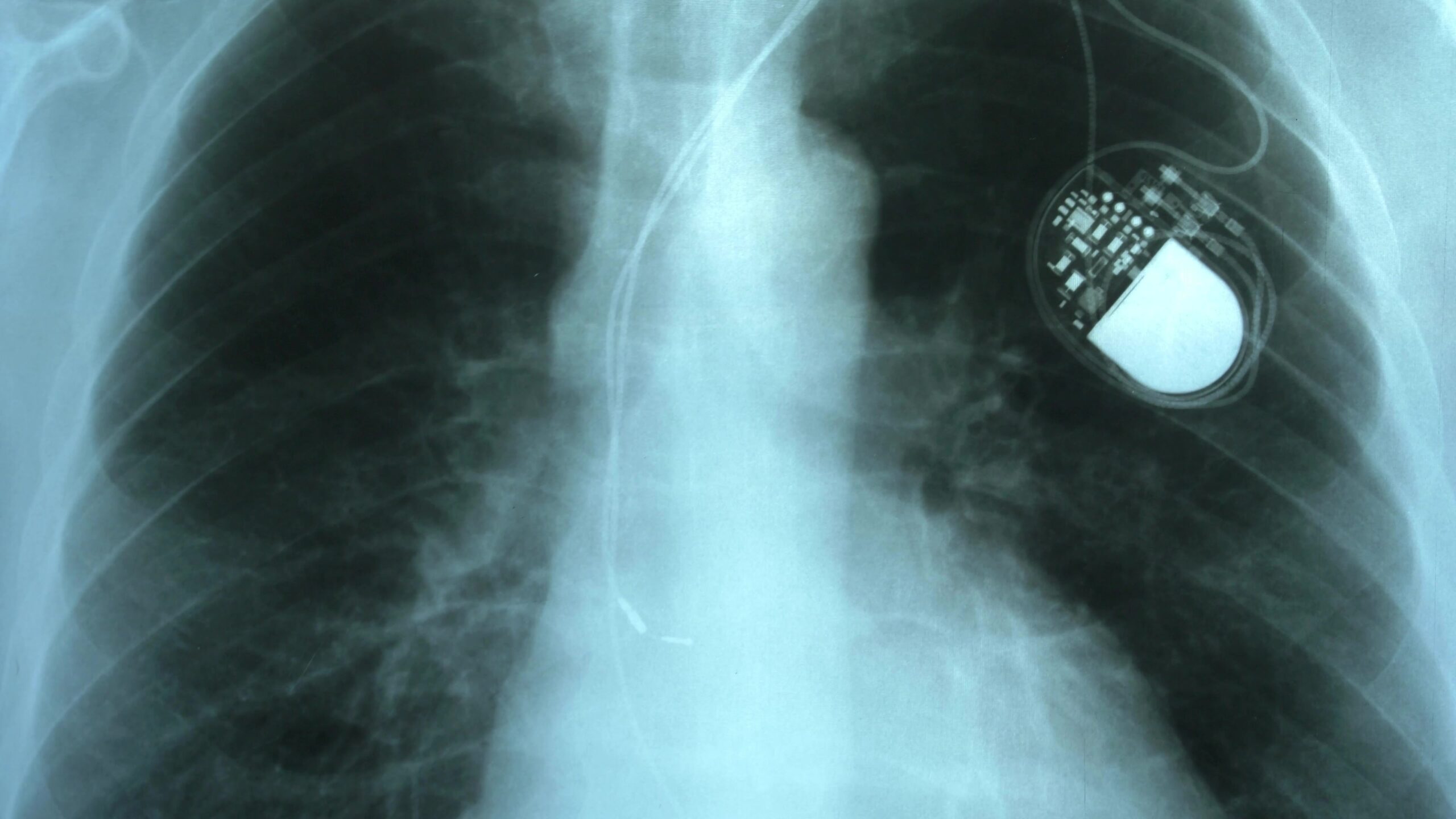
The invention of the cardiac pacemaker by Dr. Rune Elmqvist and Dr. Åke Senning was a breakthrough for patients suffering from irregular heartbeats, known as arrhythmias. The pacemaker is a small device implanted in the chest that delivers electrical impulses to regulate the heartbeat, preventing life-threatening conditions such as heart failure or stroke. Early pacemakers were large and required frequent maintenance, but modern pacemakers are compact, efficient, and can last up to 10 years or more. The pacemaker has extended and improved the quality of life for millions of people worldwide.
CPR (1960)

Cardiopulmonary Resuscitation (CPR) was introduced as a life-saving technique in 1960. It combines chest compressions with rescue breaths to manually pump blood and oxygen when the heart stops. CPR is used in emergency situations such as cardiac arrest, dramatically increasing the chances of survival. Its simplicity and effectiveness have made it a cornerstone of emergency medicine, saving millions of lives worldwide. Today, it remains a vital first aid skill taught around the globe.
Stem Cell Therapy (1961)
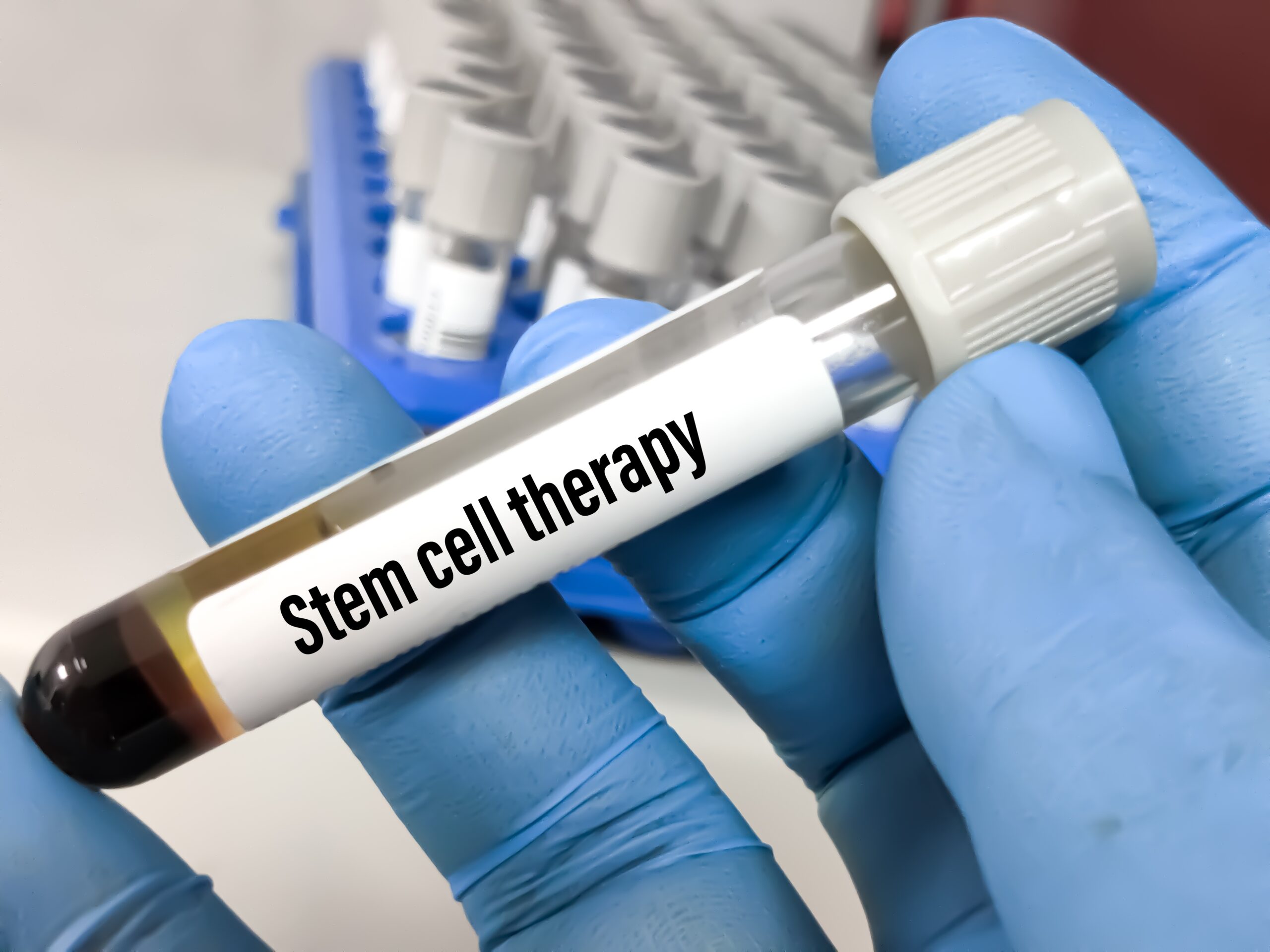
Stem cell therapy, first discovered in 1961, opened the door to regenerative medicine. Stem cells have the unique ability to develop into different cell types, offering potential treatment for conditions such as leukemia, Parkinson’s, and spinal cord injuries. The therapy allows damaged tissues and organs to regenerate, providing new hope for recovery. Since its discovery, stem cell research has advanced significantly, offering innovative treatments that continue to evolve in modern medicine.
MRIs (1977)

Magnetic Resonance Imaging (MRI) was introduced in 1977 as a revolutionary non-invasive imaging technique. It uses powerful magnets and radio waves to create detailed images of the body’s internal structures, such as the brain and spinal cord. MRIs are crucial for diagnosing a wide range of conditions, from tumors to joint injuries. This breakthrough transformed the ability of doctors to diagnose without surgery, making it one of the most important medical tools in modern diagnostics.
Chemotherapy for Cancer (1940s)
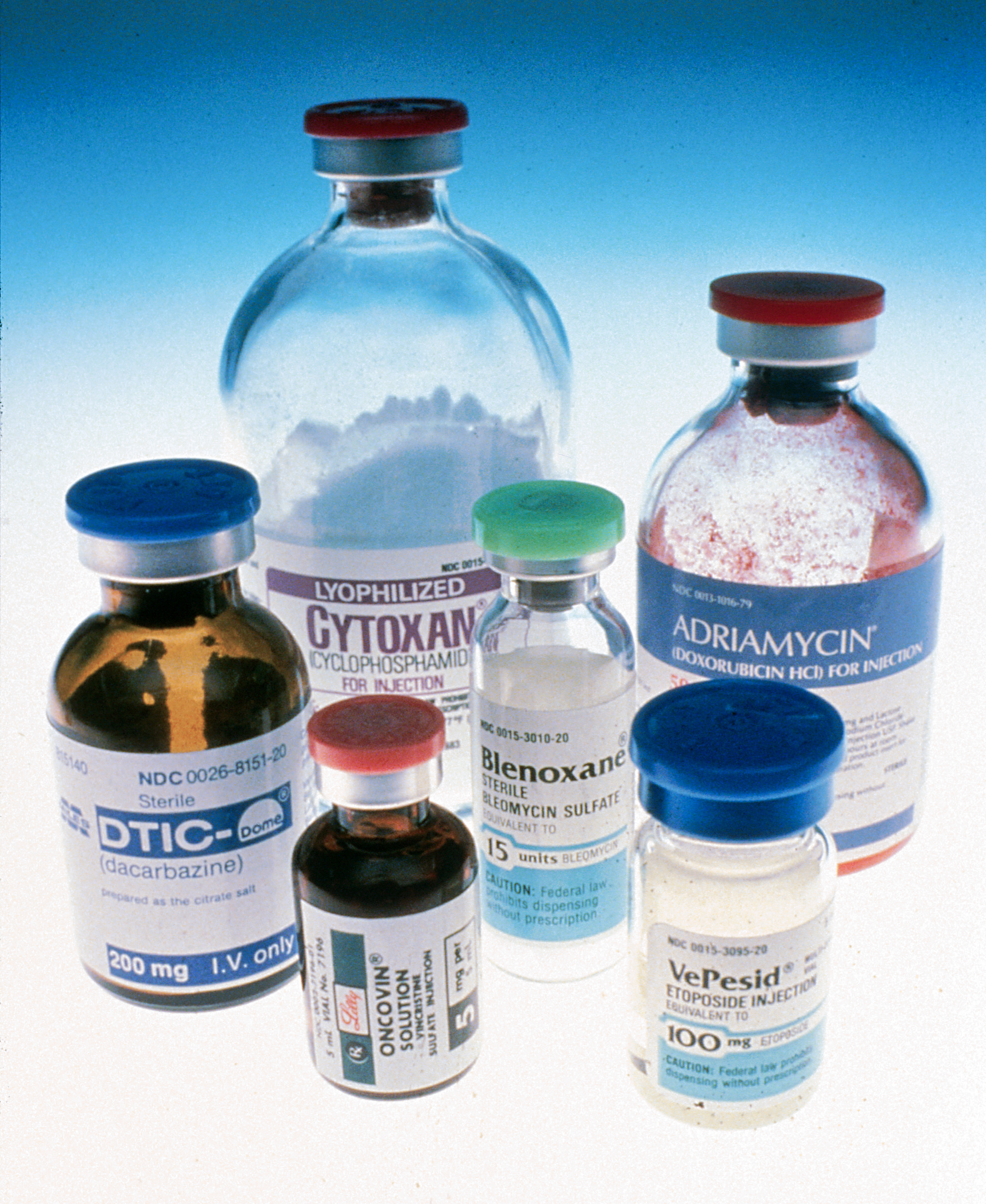
Chemotherapy was developed in the 1940s to treat cancer by using drugs that target and kill rapidly dividing cells. Initially, it was used for lymphoma but expanded to treat various cancers. Although chemotherapy has side effects, it has saved millions of lives by shrinking tumors and preventing cancer spread. This breakthrough marked a major shift in cancer treatment, offering a fighting chance to many patients who had no other options.
HIV Antiretroviral Therapy (1990s)

The introduction of antiretroviral therapy (ART) in the 1990s revolutionized the treatment of HIV. ART suppresses the virus, preventing it from progressing to AIDS and significantly extending the lifespan of those infected. Before its development, HIV was a near-certain death sentence, but ART transformed it into a manageable chronic condition. Millions of lives have been saved, and today, ART continues to improve the quality of life for people living with HIV.
Dialysis for Kidney Failure (1943)

Dialysis, developed by Willem Kolff in 1943, provides life-saving treatment for patients with kidney failure. The process mimics kidney function by filtering waste and excess fluids from the blood when the kidneys can no longer do so. Dialysis allows patients with kidney disease to live longer and healthier lives, often while awaiting transplants. It remains a critical treatment for millions of people worldwide.
Artificial Heart (1982)
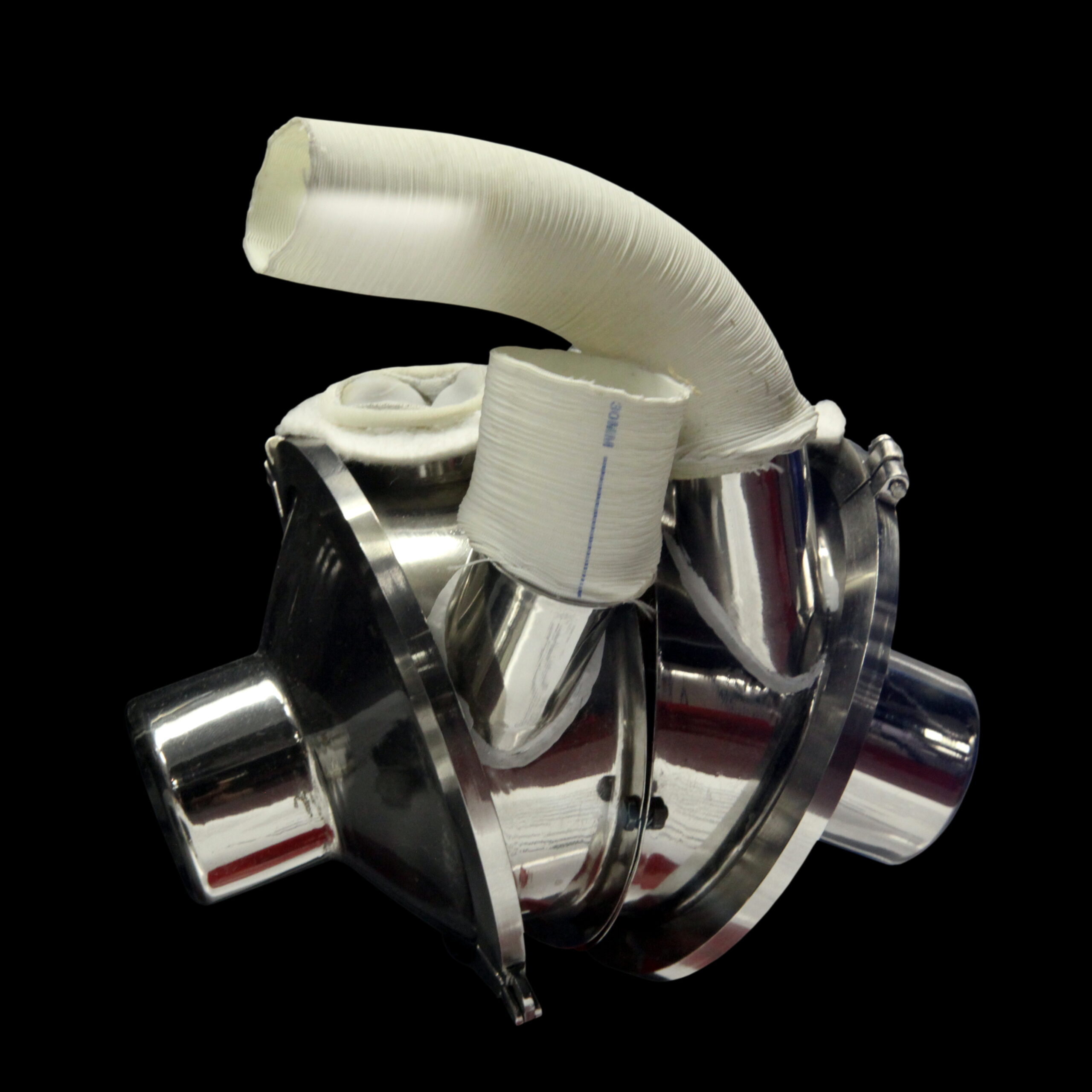
The first artificial heart, implanted in 1982, was a groundbreaking advancement for patients with end-stage heart failure. The artificial heart replaces the function of a failing heart, giving patients time to recover or await a transplant. Although initially temporary, improvements in design have extended its use, providing life-saving support to those who have no other options. This innovation continues to evolve, offering hope to many with heart conditions.
COVID-19 Vaccines (2020)
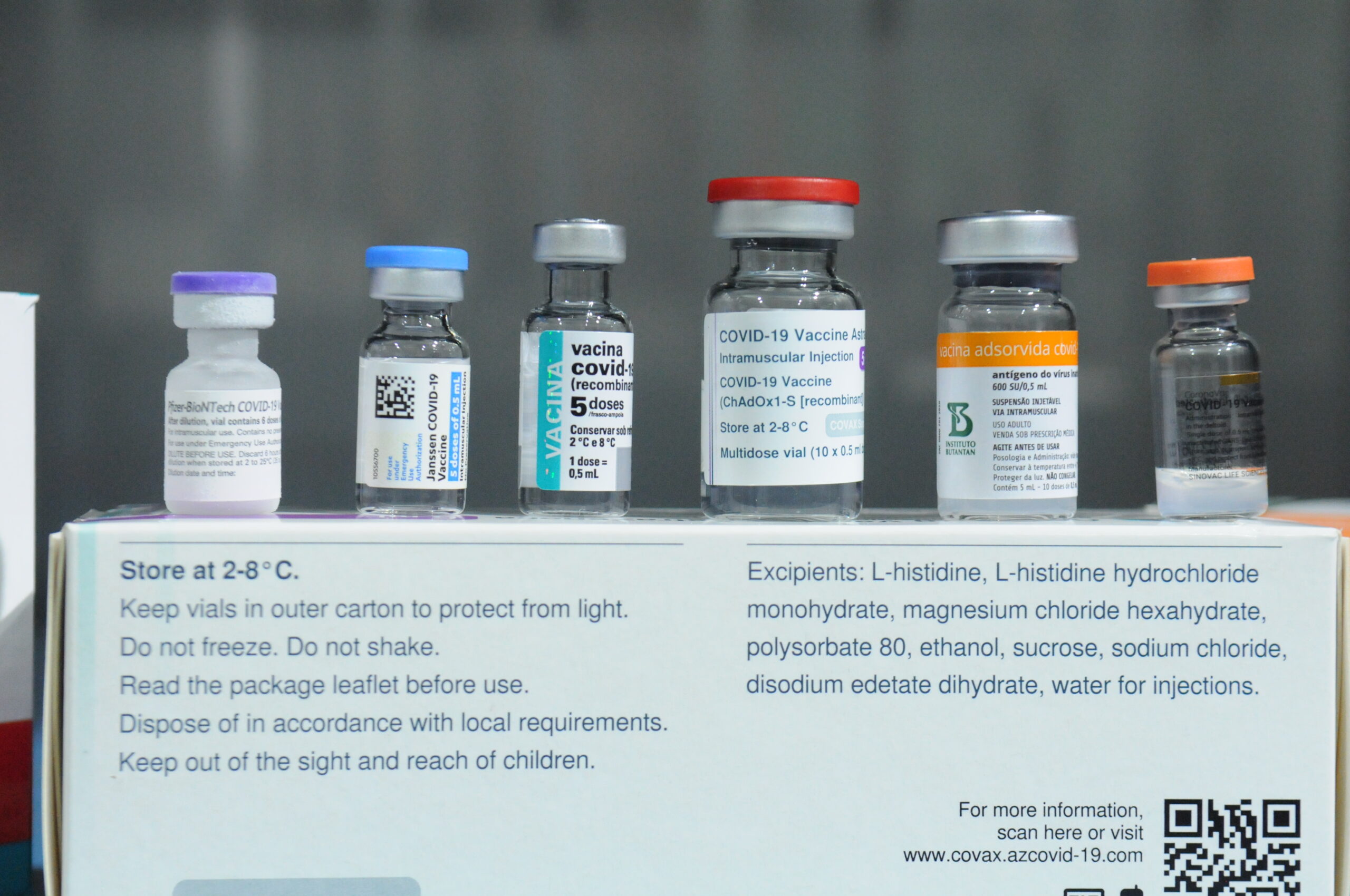
The rapid development of COVID-19 vaccines in 2020 marked a historic achievement in global healthcare. These vaccines, including those by Pfizer, Moderna, and Johnson & Johnson, used groundbreaking mRNA technology to protect against the virus. Mass vaccination efforts helped reduce severe illness and death during the pandemic. Millions of lives were saved, and the vaccines continue to play a key role in managing the virus. This innovation showcases the power of modern science in combating global health crises.
Birth Control Pill (1960)

The introduction of the birth control pill in 1960 revolutionized reproductive health and women’s rights. It allowed women to control their fertility with a simple, effective medication. This medical breakthrough gave women unprecedented control over family planning and career choices. The pill also provided significant health benefits, such as regulating menstrual cycles and reducing the risk of ovarian cancer. Today, it remains one of the most widely used and impactful medical innovations.
Cataract Surgery (1967)
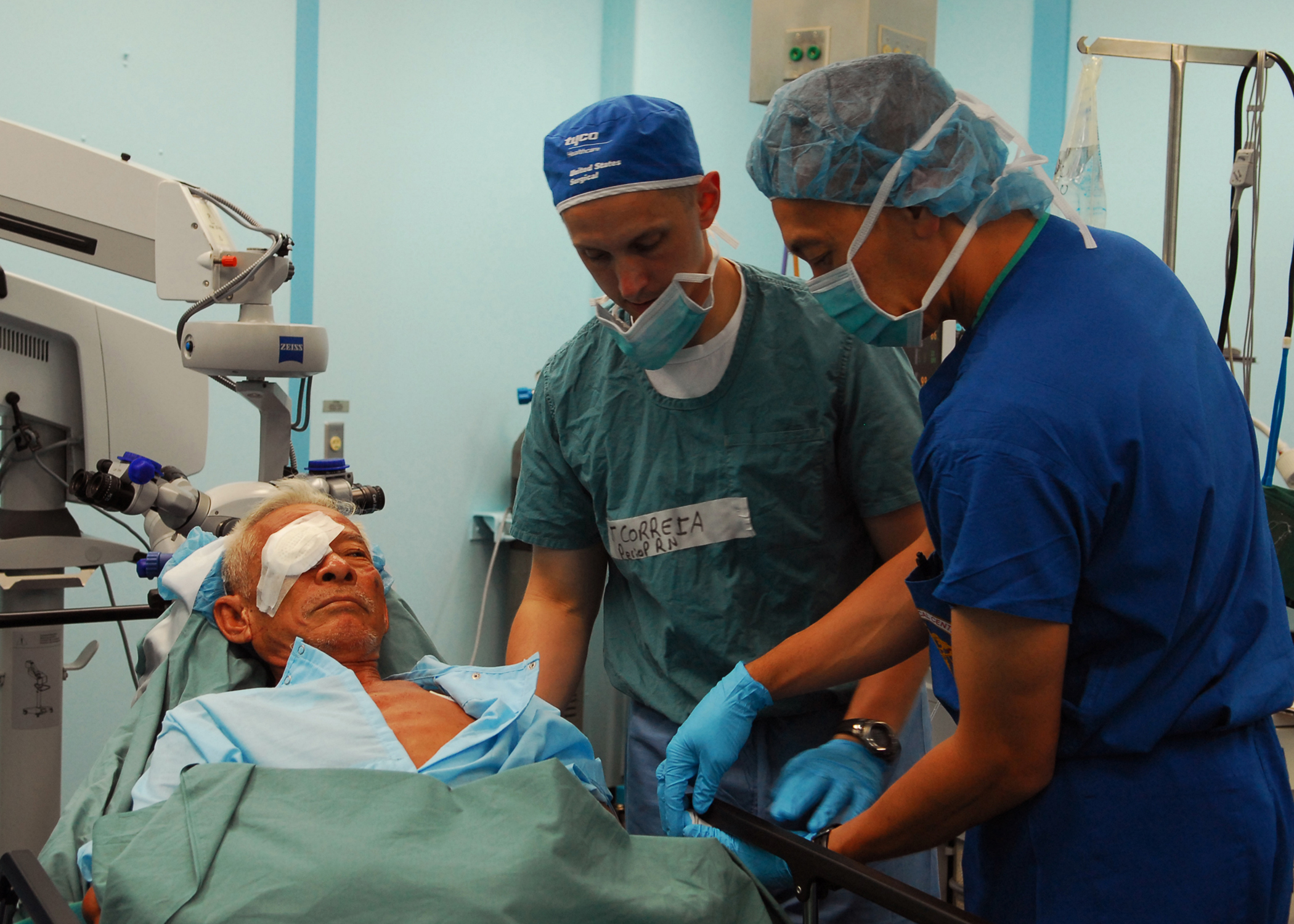
Cataract surgery became a life-changing procedure in 1967 when Sir Harold Ridley introduced intraocular lenses. The surgery removes the clouded lens and replaces it with a clear artificial lens, restoring vision. It is now one of the most common and successful surgeries performed worldwide. Millions of people regain their sight each year through this procedure, dramatically improving their quality of life. Cataract surgery continues to be a vital tool in modern ophthalmology.
In Vitro Fertilization (1978)
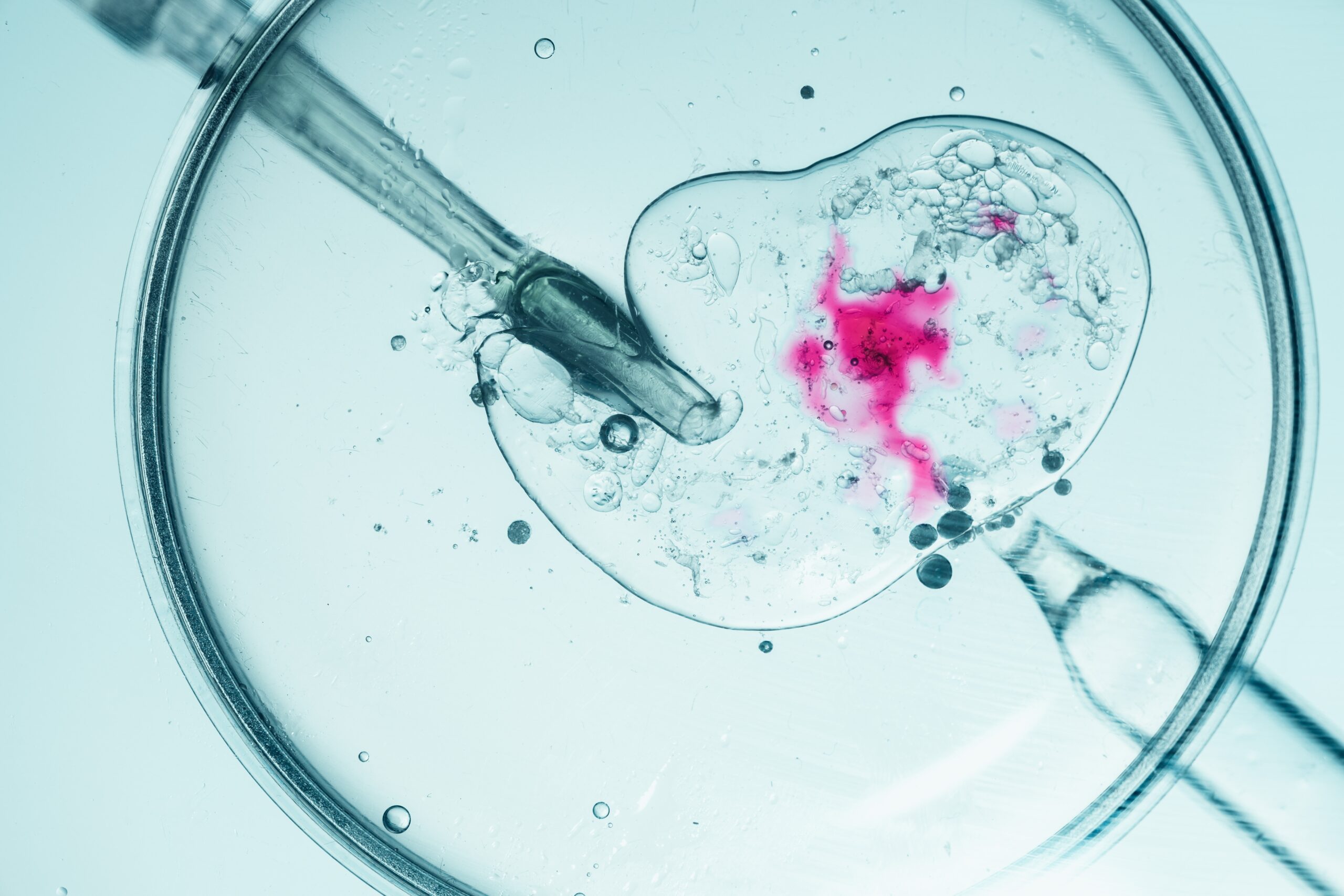
In Vitro Fertilization (IVF), first successfully performed in 1978, revolutionized fertility treatment. It allows couples struggling with infertility to conceive through assisted reproductive technology. By fertilizing eggs outside the body, IVF enables successful pregnancies when other methods fail. Since its inception, millions of babies have been born through IVF, giving hope to families worldwide. The procedure continues to advance, improving success rates and accessibility.
Measles Vaccine (1963)

The measles vaccine, introduced in 1963, has saved millions of lives by preventing a highly contagious and deadly disease. Measles was once a leading cause of death among children globally. The vaccine provides long-lasting immunity, drastically reducing cases and outbreaks. Widespread vaccination campaigns have brought the world closer to eliminating measles entirely. This breakthrough remains one of the most significant public health achievements in history.
Bionic Limbs (2000s)

Bionic limbs, developed in the 2000s, offer advanced prosthetic solutions for amputees. These artificial limbs use robotics and sensors to mimic natural movement, improving mobility and independence. Bionic limbs have dramatically improved the quality of life for people who have lost limbs due to injury or illness. Advances in technology continue to make these prosthetics more lifelike, giving patients greater control and function than ever before.
Organ Transplantation (1954)

The first successful organ transplant occurred in 1954 when Dr. Joseph Murray performed a kidney transplant between identical twins. This groundbreaking surgery paved the way for organ transplants to become a life-saving treatment for patients with organ failure. Over the years, advancements in immunosuppressive drugs helped reduce the risk of rejection, allowing more patients to benefit from transplants. Today, kidney, liver, heart, and lung transplants are performed regularly, giving countless people a second chance at life. Organ transplantation remains one of the most significant achievements in modern medicine.
This article originally appeared on Rarest.org.
More from Rarest.org
12 Underrated Horror Films That Are Surprisingly Good

There are countless horror films out there, but many of the best ones often slip under the radar. Read More.
10 Exotic Island Birds Found Nowhere Else on Earth

Islands are home to some of the most unique and fascinating birds on Earth, many of which can’t be found anywhere else. Read More.
8 Most Expensive Vintage Sporting Goods Ever Auctioned

Vintage sporting goods have become some of the most prized collectibles in recent years, with rare items fetching millions at auctions. Read More.
